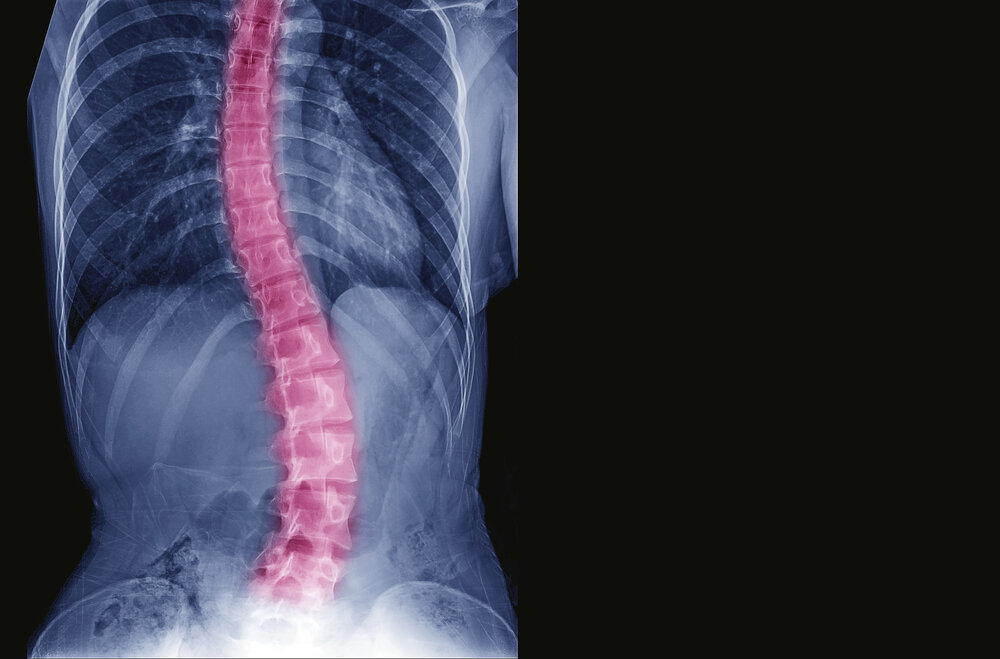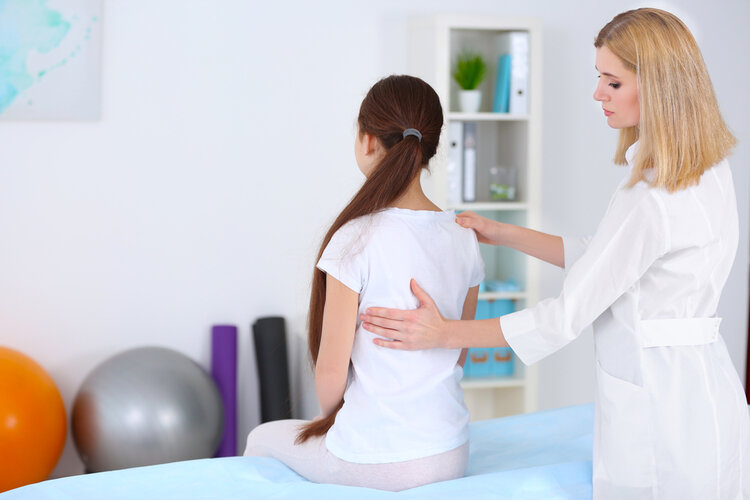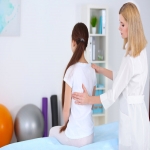A common problem of the spine is curving down to one side is known as scoliosis. The curve may be anywhere in the back, but the upper and lower back are the most frequently affected areas. In later childhood or early adolescence, Scoliosis is the most common when people are still growing. In women, it is more common than in men.
Scoliosis is often not notable, but some people can lean on one side or have uneven hips or shoulders because of spinal curve. You will need a scoliosis specialist to treat you so that you can alleviate the discomfort.
The individual does not need care in most cases, because the curve also does not change dramatically. However, doctors may prescribe a combination of back bracing and physical therapy, based on the degree of curvature and age of the individual.
Very few people may need surgery if they are suffering from scoliosis. Chronic pain, breathing problems and decreased ability to exercise are potential symptoms of scoliosis.
We have provided a description of the causes, symptoms and treatment of scoliosis, in this article.

Scoliosis- What Is It?
The sideways C- or S-shaped curve of a person with a scoliosis in his or her back. The angle of Cobb – an indicator of curvature – must be a minimum of 10 degrees for a practitioner to diagnose scoliosis.
Scoliosis can occur at any age but mostly occurs between 10 and 12 years of age or during the teenage years of a child. Infantry scoliosis can affect people before 3 years of age, although it is uncommon in children.
In most cases, scoliosis is not understood. This idiopathic scoliosis is named by physicians. In other instances, scoliosis may be linked to brain, muscle or spinal dystrophy. It can also be an abnormality of birth.
The doctors classify the curves as either structural or non-structural. A systemic curve is irreversible and may be caused by health conditions or accidents. A transient nonstructural curve indicates a structurally stable spine. In either case, a doctor tries to identify and resolve the cause.

Therapy
In the majority of cases, scoliosis in children and teenagers is normal and does not require treatment. A doctor normally tests a person at intervals of 3, 6, or 12 months to decide whether the condition change with a curve of 10 to 25 degrees.
A doctor can suggest bracing for a curve of 25 to 40 degrees. A surgeon may prescribe the operation if the curve is larger and the skeleton is still immature.
When deciding on medical choices, the scoliosis specialist will weigh the following factors:
- Sex: Women have scoliosis that is increasingly deteriorating more than men.
- Curve severity: The shape and magnitude will influence the advancement of the curve. In idiopathic scoliosis, the curve formed in spine is normal, while in neuromuscular scoliosis the curves in the C form are more common.
- Curve position: the middle curve of the spine is more likely than the bottom or top curve.
- Bone maturity: If the bones of the body have stopped developing, the likelihood of decay is smaller. Braces are more successful as the bones begin to expand.
After this diagnosis, your treatment will be decided. You can visit Neuroscience Specialist in OKC to get the right treatment.
**Disclaimer- Information presented here is not intended to be qualified medical advice. Nothing expressed herein creates a doctor-patient relationship.

